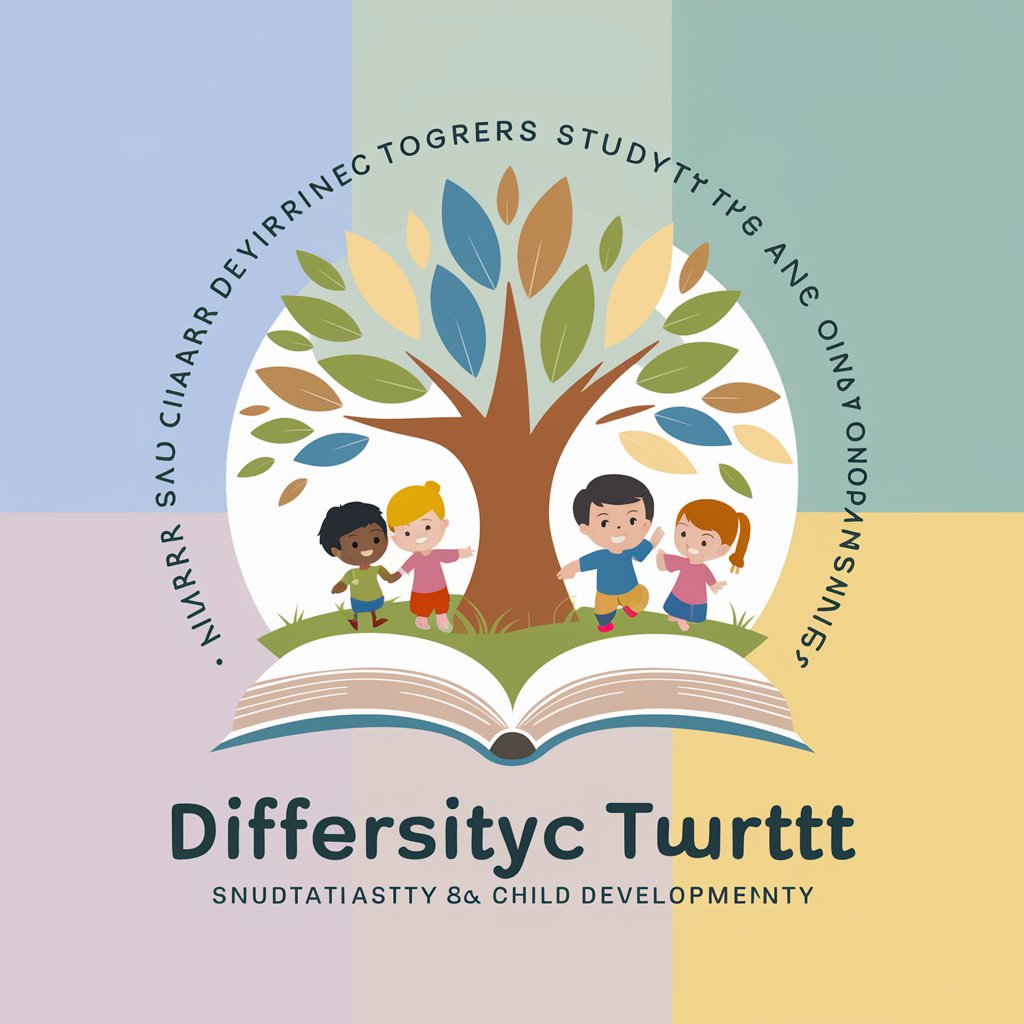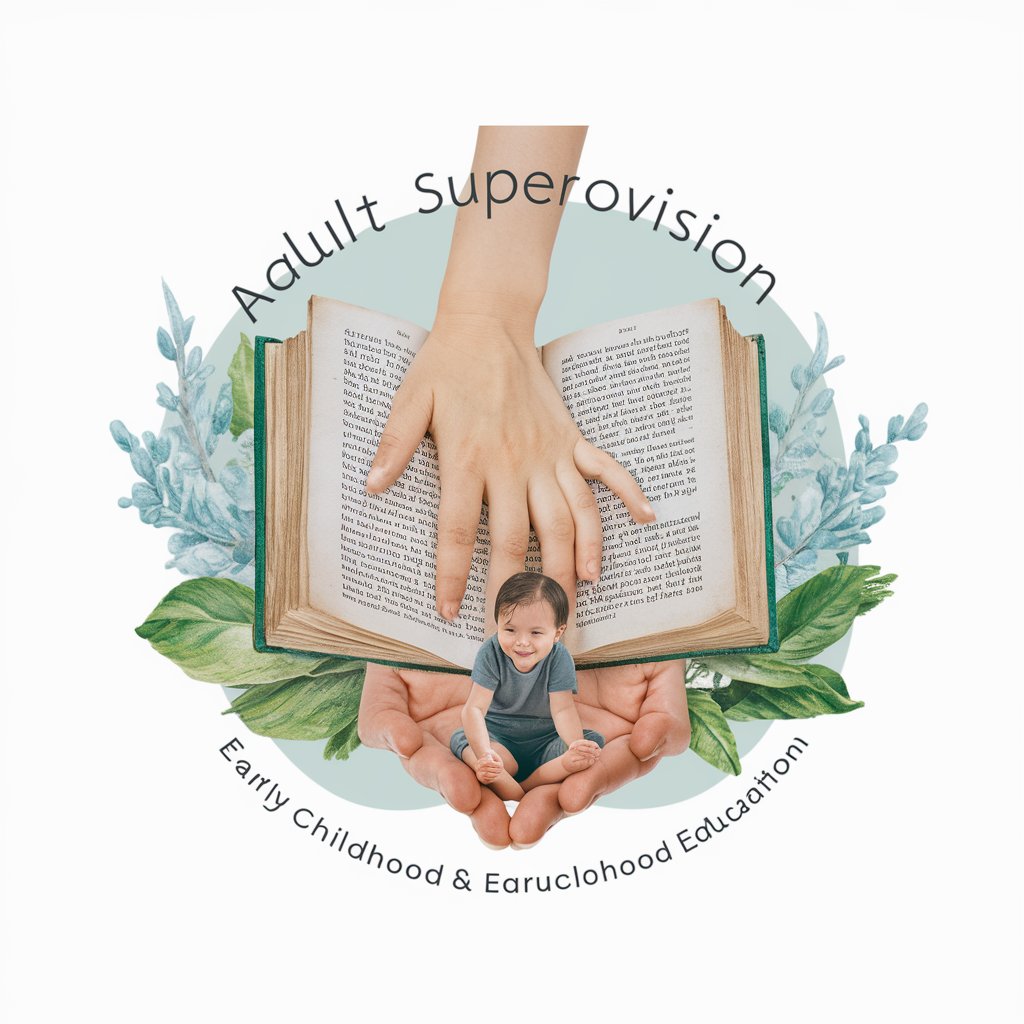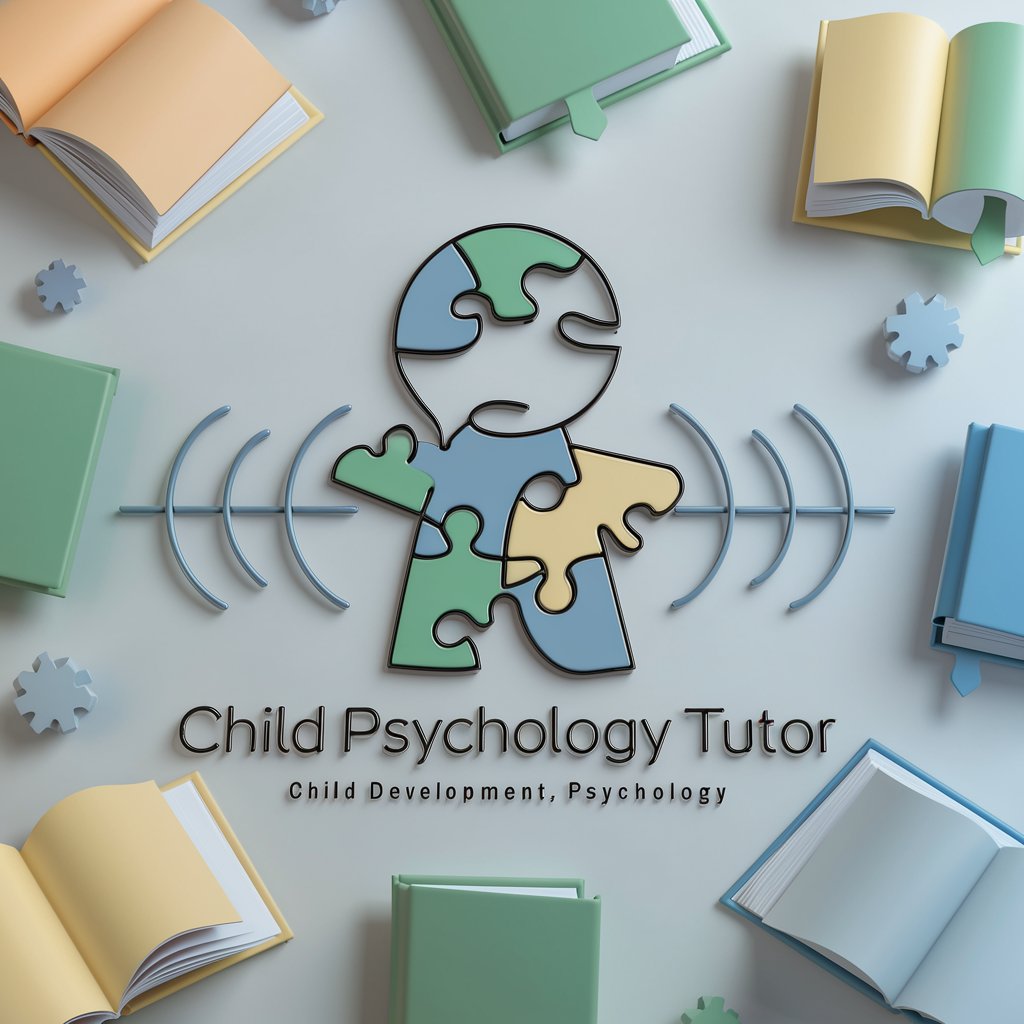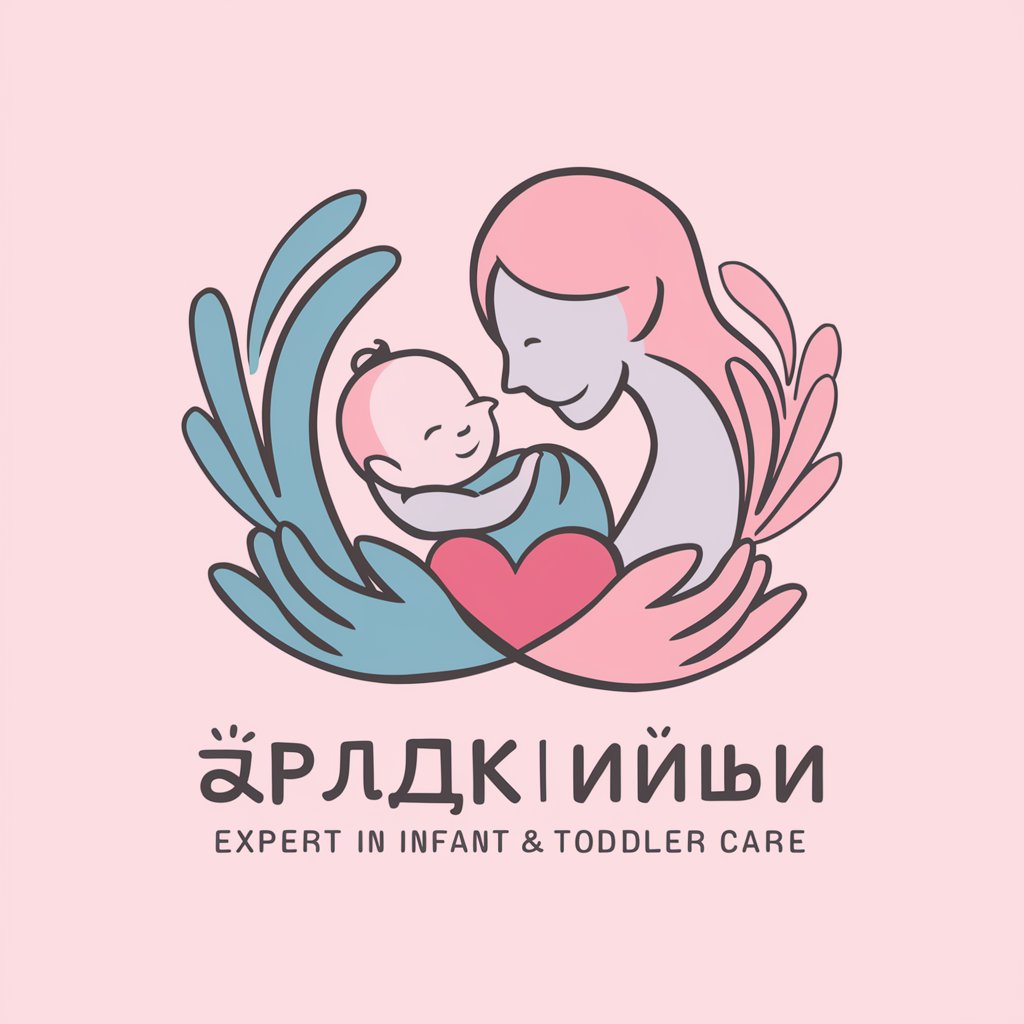
Infant observation course for 0-3 years - Course for Early Development

Tailoring early learning with AI
Get Embed Code
Introduction to Infant Observation Course for 0-3 Years
The Infant Observation Course for 0-3 Years is designed to support early childhood development through structured observation and tailored learning activities. It is based on the premise that targeted educational interventions during the crucial first three years can significantly influence a child's cognitive, emotional, and physical development. The course leverages a combination of developmental assessments, interactive activities, and guided observations to foster various developmental milestones. An example scenario is observing how a child interacts with different sensory toys to assess and encourage sensory and motor development. The course structure includes setting objectives based on the child's current developmental stage, selecting appropriate developmental activities, and using observational tools to track progress. Powered by ChatGPT-4o。

Main Functions of the Infant Observation Course
Developmental Assessment
Example
Using standardized tools like the 'Developmental Evaluation Form', educators and parents can track a child's progress across multiple domains such as emotional attitude, cooperation and interaction, sensory perception, manual dexterity, musical appreciation, language expression, and physical activity.
Scenario
During a session, a teacher might note improvements in a child's ability to follow simple instructions, an indicator of cognitive and language development.
Interactive Learning Activities
Example
Activities like 'Animal Sounds', where children listen to and identify the sounds of different animals, help in sensory and cognitive development.
Scenario
In a classroom setting, a child might be asked to match the sound of a cat to the correct animal picture, enhancing both auditory and visual recognition skills.
Guided Observation
Example
Teachers use observation guides to record and analyze children's responses to various stimuli or in different social situations, providing insights into their social and emotional development.
Scenario
An educator observes how a child reacts to a new peer in the class, noting behaviors that signify social readiness or shyness, which can be used to tailor further social interaction activities.
Ideal Users of the Infant Observation Course
Early Childhood Educators
These professionals can use the course to structure their teaching plans, monitor child development, and adjust classroom activities based on the detailed developmental insights provided by the course tools and activities.
Parents of Infants and Toddlers
Parents interested in actively participating in their child's early development will find the observational tools and developmental activities useful for supporting their child's growth at home.
Child Development Researchers
Researchers studying early childhood development can utilize the structured observation and assessment tools to gather data on developmental trends and the efficacy of early educational interventions.

How to Use the Infant Observation Course for 0-3 Years
Step 1
Visit yeschat.ai for a free trial without login or the need for ChatGPT Plus.
Step 2
Select the age range of your child (0-3 years) to receive age-appropriate course content and recommendations.
Step 3
Enter your child’s current developmental stage to customize the course material according to their specific needs and abilities.
Step 4
Choose the desired course duration and frequency to schedule sessions that fit your lifestyle and your child's attention span.
Step 5
Engage interactively with the course by using the provided teaching aids and music, and track your child's progress through the developmental assessment forms available.
Try other advanced and practical GPTs
EduObserver360 - Observation Assistant
Transforming Classroom Observations with AI

Observation Writer
Empowering Early Education with AI
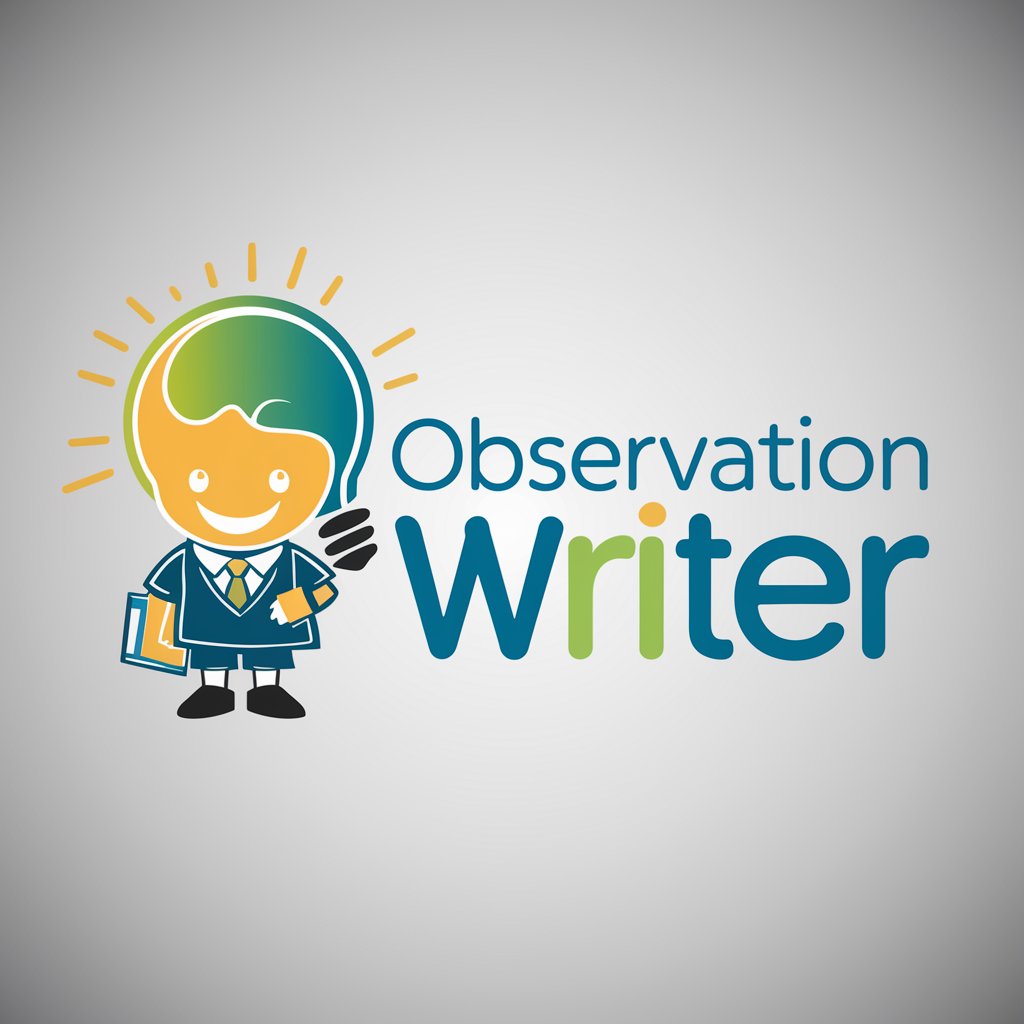
Safety Sentinel
Empowering Mines with AI Safety Insights
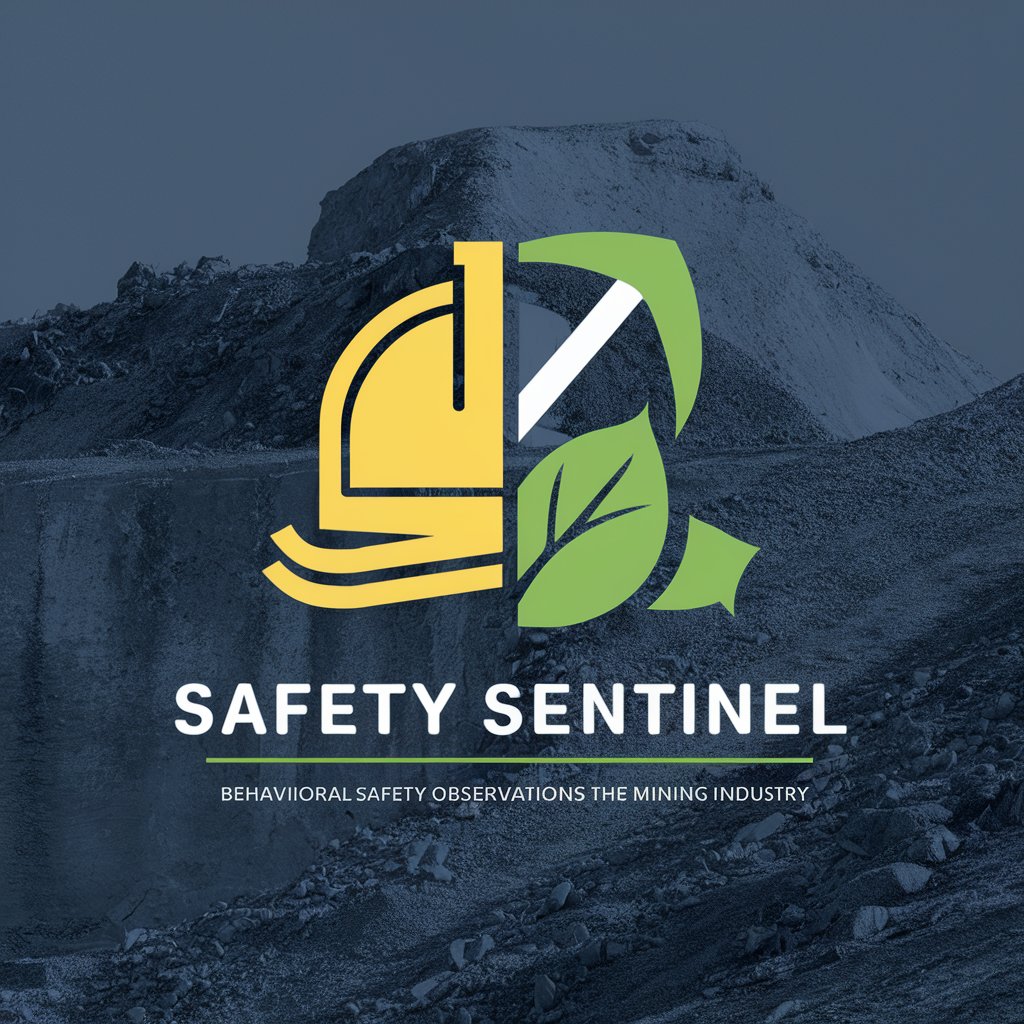
Observation Writer (0-2 years)
Transforming Early Childhood Observations with AI
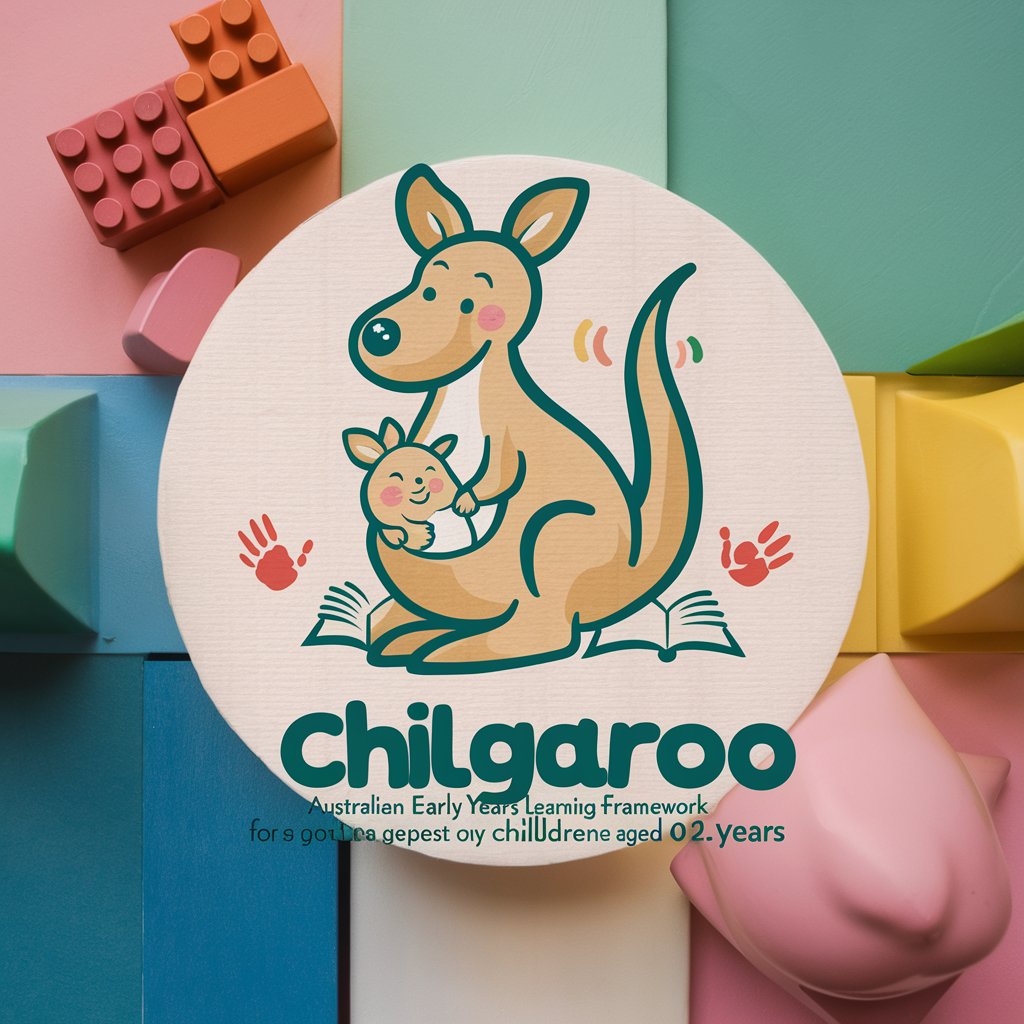
Observation Writer OSHC
Streamlining Childcare Observations with AI
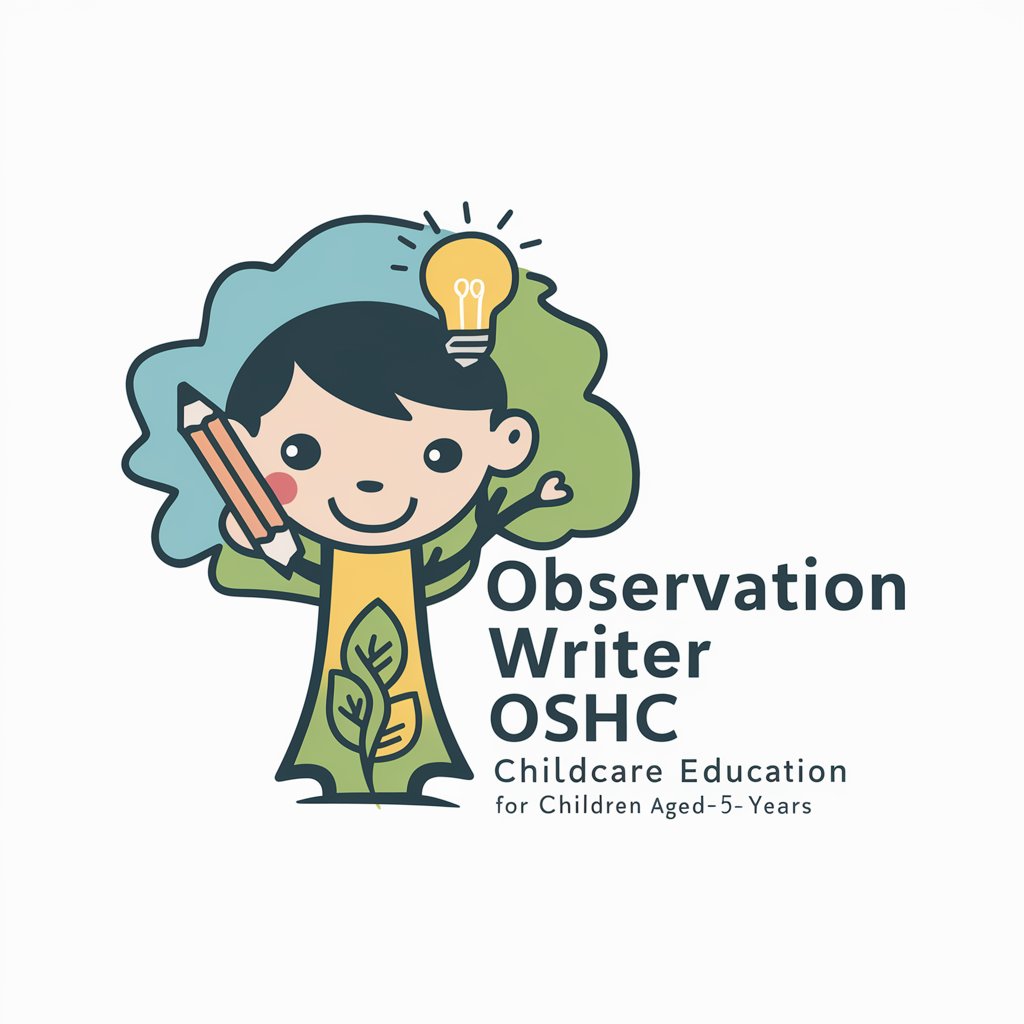
Canadian Federal Political Bias Detector
Unmasking Bias in Canadian Politics

Audit PIG - Create Internal Audit Observations
Streamline Auditing with AI
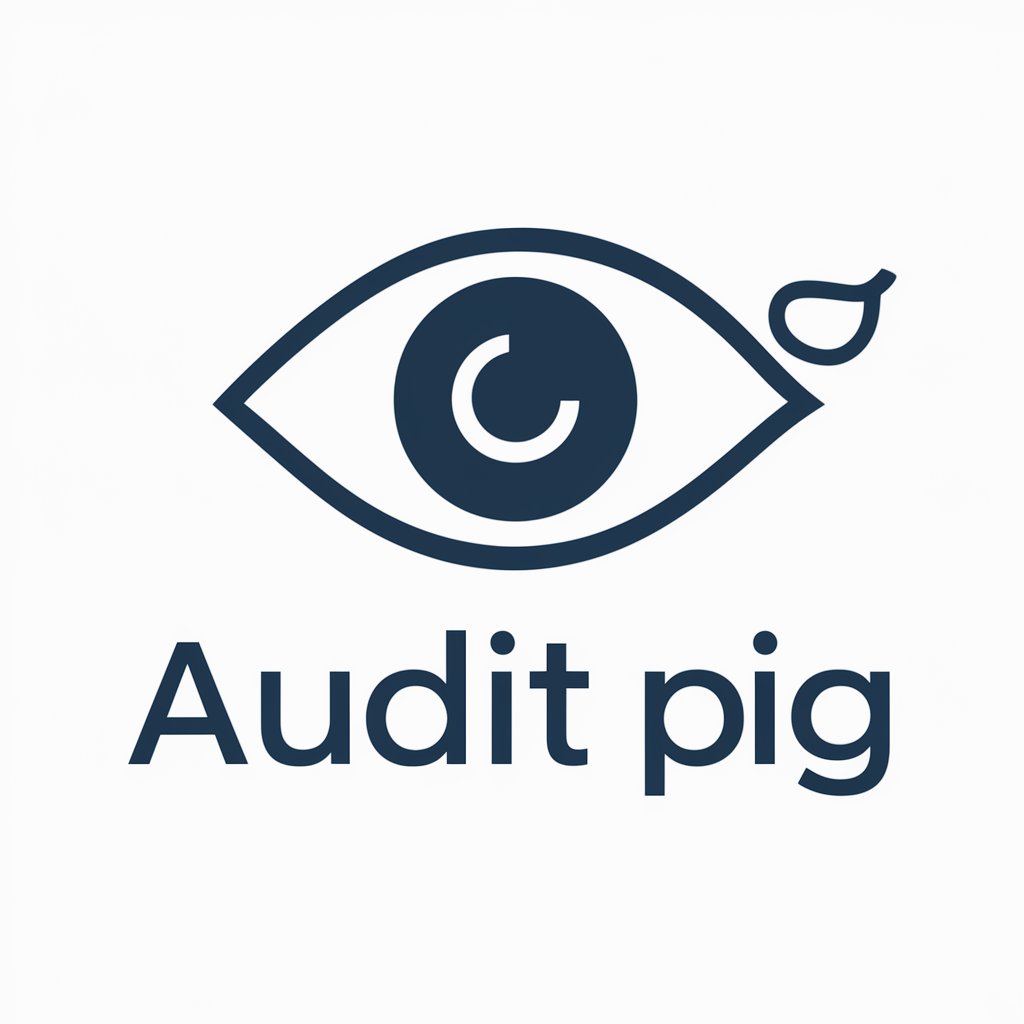
Školní hospitační pomocník
Empowering Teaching Through AI Analysis

Observation Assistant
Enhancing Teaching with AI Insights
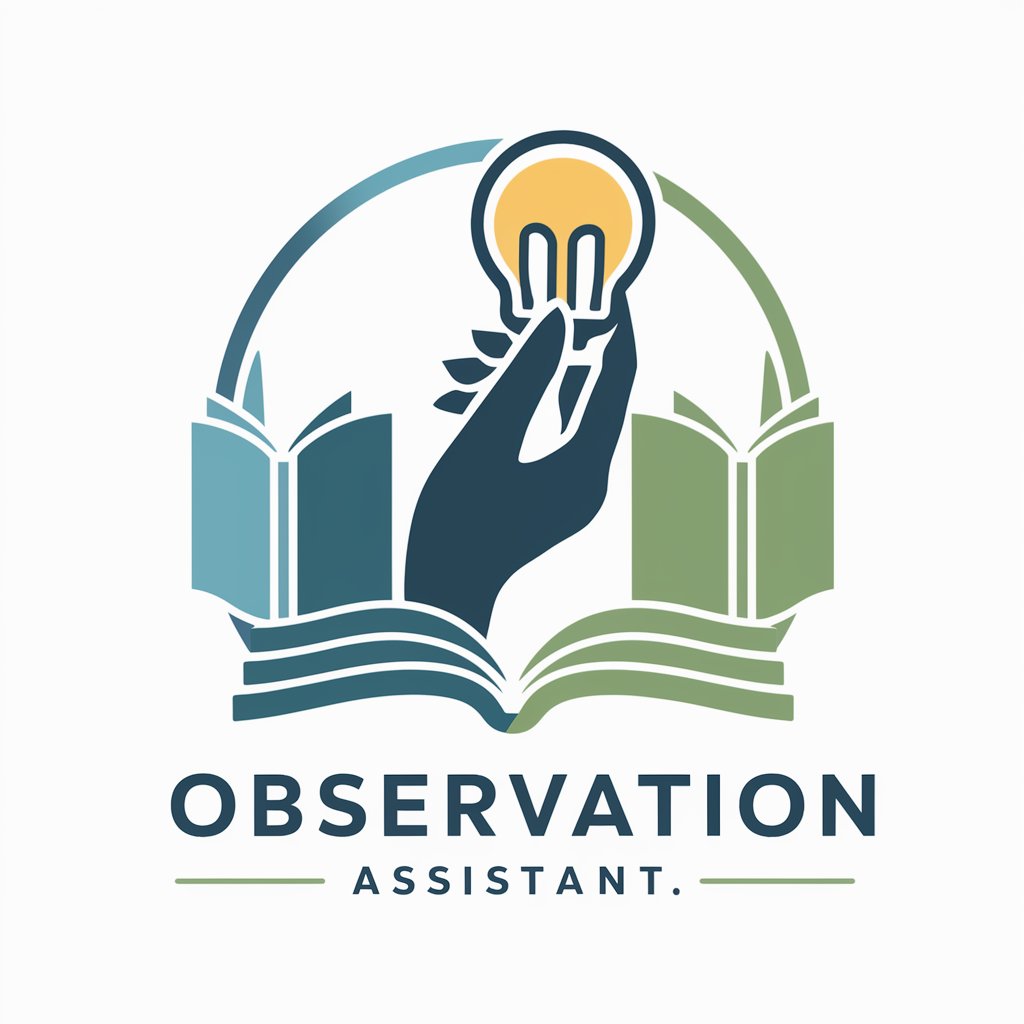
Will2 NVC
Empowering Empathy through AI-Powered Communication
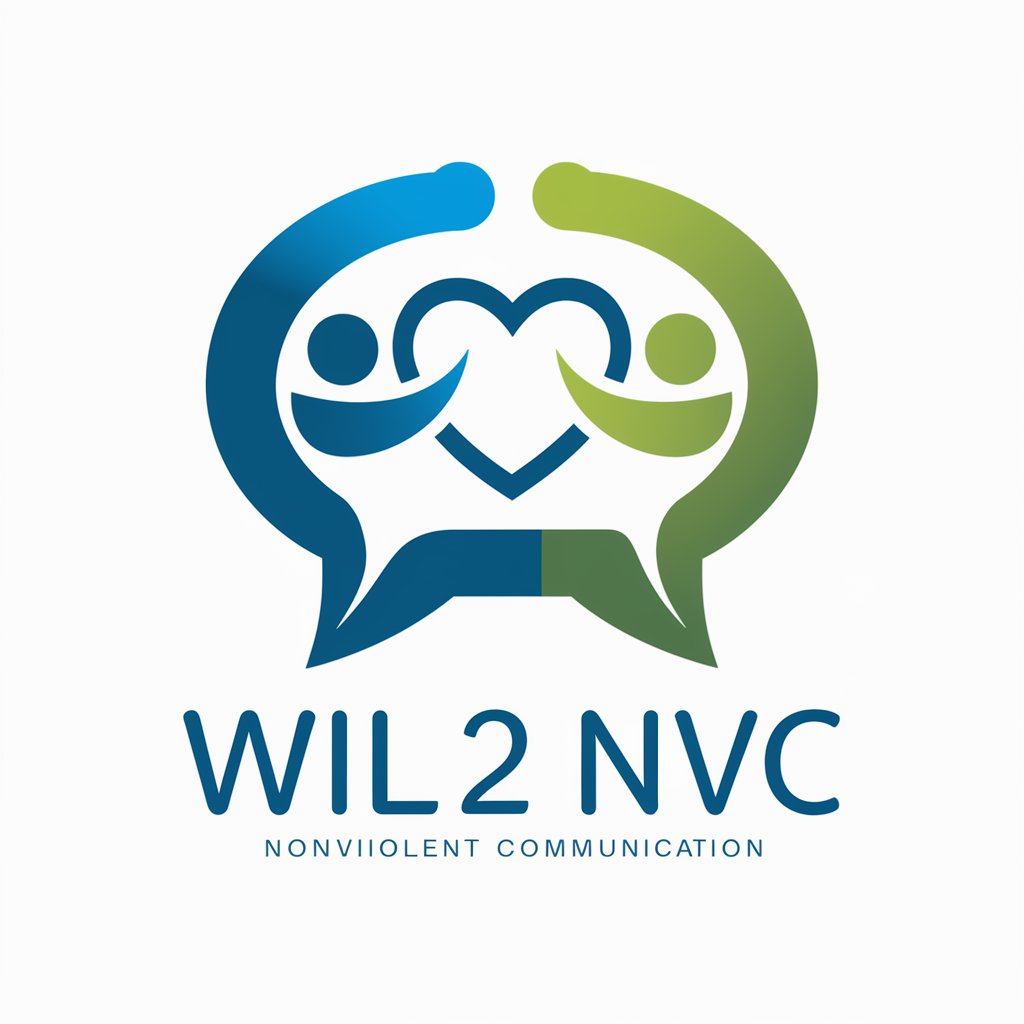
Headline Wizard
Turn Text into Impact, Instantly

Dreams
Unveil Your Dreams, Discover Yourself
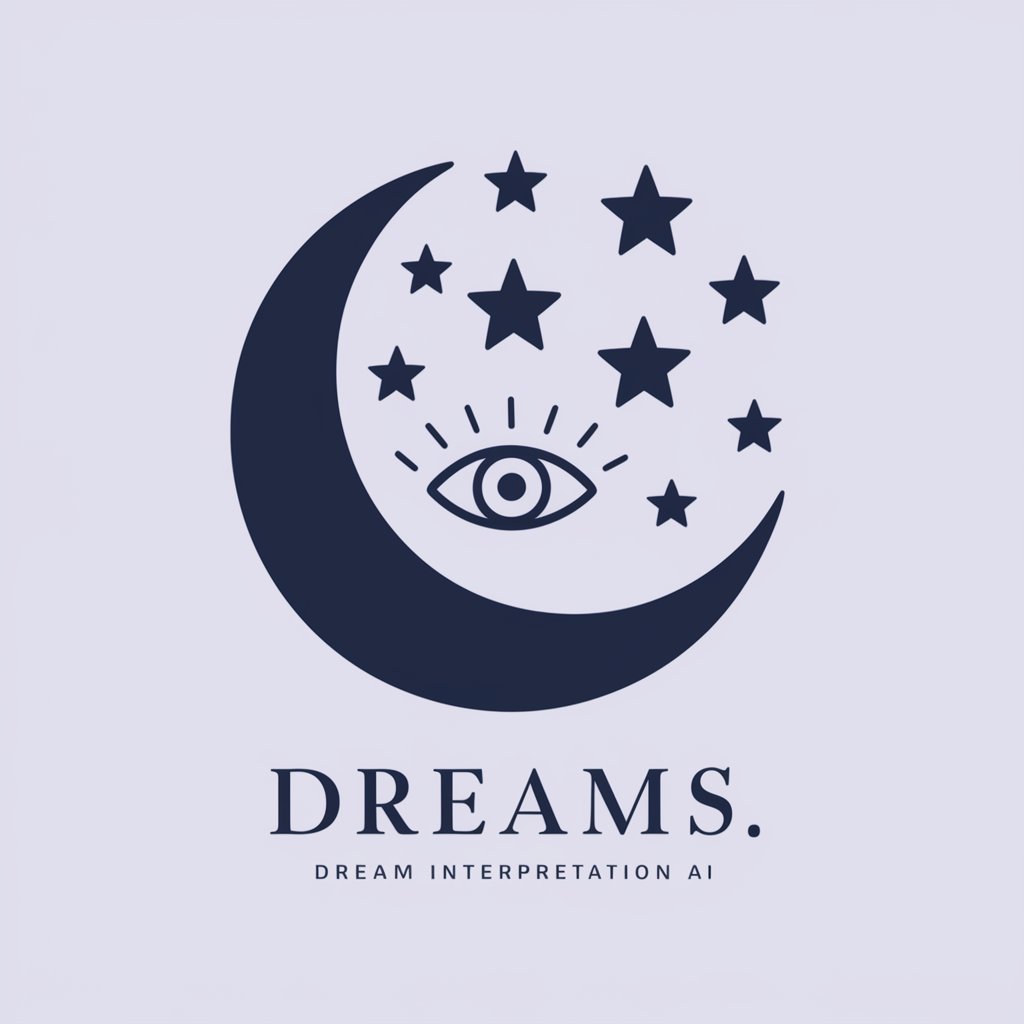
Frequently Asked Questions About the Infant Observation Course for 0-3 Years
What age group is the Infant Observation Course designed for?
This course is specifically designed for infants and toddlers aged 0-3 years, focusing on their unique developmental needs and stages.
Can I track my child's progress in the course?
Yes, the course includes developmental assessment forms that allow you to monitor your child's progress and identify areas where they excel or may need more support.
What kind of teaching aids are included in the course?
The course comes with various teaching aids like animal sound audio, sensory toys, and interactive games that are suitable for infants and toddlers to enhance their learning experience.
Is there a trial period available for this course?
Yes, the course offers a free trial which you can access without logging in or subscribing to ChatGPT Plus, allowing you to evaluate its suitability for your child.
How is the course content customized for different developmental stages?
The course content is tailored based on the child’s age and current developmental milestones, ensuring that the activities and materials are appropriate for their specific growth phase.
